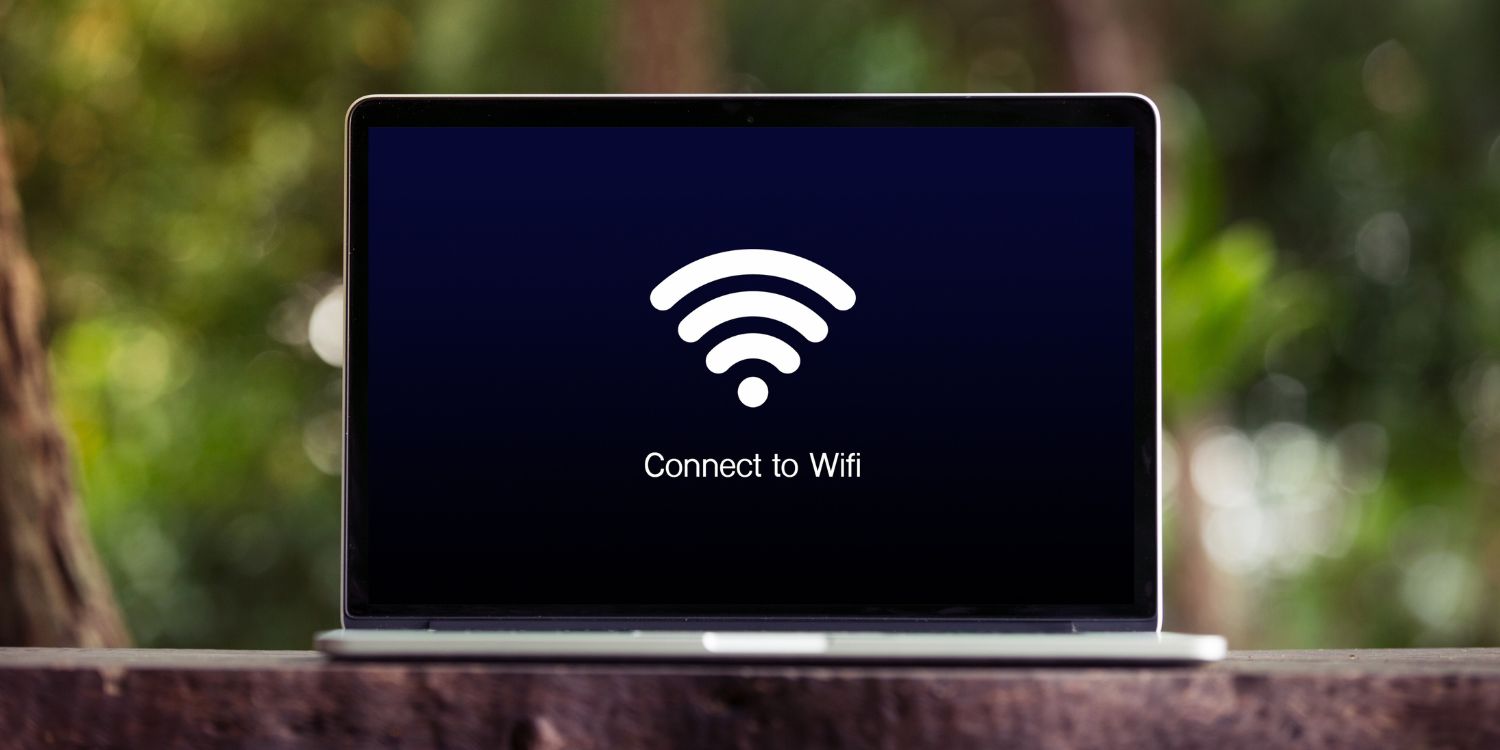Open-access Wi-Fi networks are undoubtedly convenient, allowing us to stay connected while on the go without using our data plans. However, they can also pose a significant risk to our cybersecurity and data privacy if not used carefully. In this blog, we will provide expert tips on how to ensure your safety when accessing open access Wi-Fi networks.
What is Open access Wi-Fi?
Open access Wi-Fi refers to wireless internet connections that are available for public use without any security measures, such as a password. They are commonly found in places like coffee shops, airports, hotels and other public areas.
While these networks offer convenience, they also make it easier for cybercriminals to intercept sensitive information transmitted over the network. This can include personal data, login credentials and even financial information.
The Risks of Open Access Wi-Fi Networks
Open access Wi-Fi networks are public networks that allow anyone to connect without the need for a password. While this makes it easy for us to get online, it also means that we are sharing the network with potentially malicious users.
This leaves our personal information vulnerable to various cyber threats, such as hacking, identity theft, and malware attacks. Malicious users on the same network can intercept our internet traffic and access any sensitive information we may be sending or receiving.
7 Tips to Stay Safe on Open Access Wi-Fi
Here are some tips to help you stay safe when using open access Wi-Fi:
1. Use a Virtual Private Network (VPN)
A VPN encrypts your internet connection, ensuring that your data remains secure while you browse the web. By routing your traffic through a secure server, VPNs protect your sensitive information from prying eyes. There are many reputable VPN services available, both free and paid, such as NordVPN, ExpressVPN, and ProtonVPN.
Example: Imagine you’re sitting in a busy airport lounge and need to check your bank account. Using a VPN ensures that even if someone is snooping on the network, they won’t be able to intercept your login credentials or account details.
2. Update Your Devices and Software Regularly
Keeping your devices and software up to date is crucial for staying protected against known vulnerabilities and exploits. Cybercriminals often target outdated systems with known security flaws. Make sure to enable automatic updates on your devices whenever possible.
Example: You’re using your laptop at a local cafe and receive a notification for a software update. By promptly installing the update, you patch a security vulnerability that could have otherwise been exploited by hackers on the public Wi-Fi network.
3. Unable Two-Factor Authentication (2FA)
Two-factor authentication adds an extra layer of security to your accounts by requiring both your password and a second form of verification, such as a one-time code sent to your phone. Enable 2FA on all your accounts, especially those containing sensitive information.
Example: While accessing your email over public Wi-Fi, someone manages to obtain your password through a phishing attack. However, because you have 2FA enabled, they are unable to access your account without the additional verification code sent to your phone.
4. Use HTTPS Whenever Possible
Websites that use HTTPS encrypt data transmitted between your device and the website’s server, making it harder for attackers to intercept and manipulate your information. Look for the padlock symbol in the address bar to ensure a secure connection.
Example: You’re browsing social media on your smartphone while connected to a public Wi-Fi network. When you decide to make a post, you ensure that the social media platform’s website URL starts with “https://” to protect your login credentials and personal data.
5. Turn Off Auto-Connect Features
Many devices have auto-connect features that automatically connect to known Wi-Fi networks. While convenient, this feature can be risky on open access Wi-Fi networks, as it may inadvertently connect to malicious networks set up by hackers.
Example: You’re traveling and your smartphone’s auto-connect feature attempts to connect to a network named “FreeAirportWiFi.” Unbeknownst to you, this network is a malicious hotspot set up by cybercriminals to steal your data.
6. Disable Sharing Settings
Disable file and printer sharing settings on your device while connected to public Wi-Fi networks to prevent unauthorized access to your files and resources by other users on the same network.
Example: You’re using your laptop at a coffee shop and realize that your file sharing settings are enabled. By disabling these settings, you prevent others on the same network from accessing your personal files or compromising your device.
7. Use Mobile Data When Possible
If available, consider using your mobile data connection instead of public Wi-Fi for sensitive tasks. While not immune to security threats, mobile data networks are generally more secure than open Wi-Fi networks.
Example: You’re at a hotel and need to access your online banking. Instead of connecting to the hotel’s Wi-Fi, which may be unsecured, you use your smartphone’s mobile data connection for added security.
Final Thoughts
While open access Wi-Fi networks offer convenience, they also pose significant risks to our online security. By following these tips, you can ensure your safety when accessing these networks and protect your sensitive information from falling into the wrong hands. Remember to always prioritize your security over convenience when using public Wi-Fi. Stay safe out there!
If you need more information on cybersecurity and how to protect yourself from cyber threats, contact us at SwiftTech Solution for expert advice and solutions. We’re dedicated to helping individuals and businesses stay safe in the digital world. Email at info@swifttechsolutions.com or call on (877) 794-3811.

